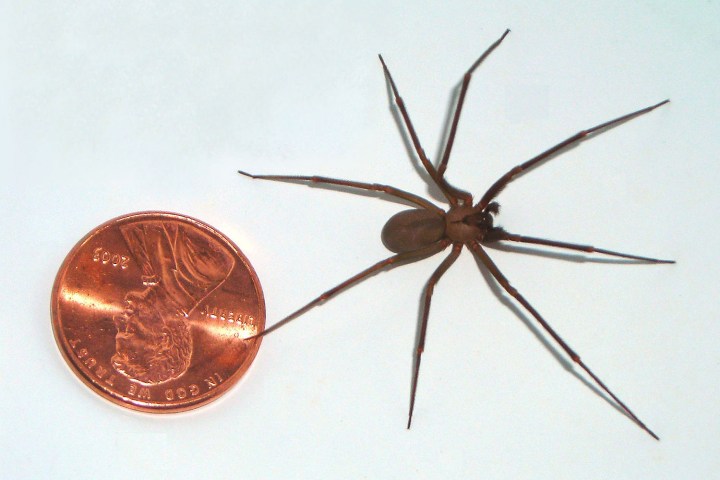
But recluses have more on offer besides their neurotoxic venom — they also spin the strongest silk of any spider and may help inspire a next generation of tough materials.
Intrigued by the strength of the recluse’s silk, researchers from Oxford University and William & Mary studied the spider and discovered they use a unique ribbon geometry not found in any other arachnid.
“The unique characteristic of the recluse’s silk are periodically placed loops,” Hannes Schneipp, a William & Mary professor who co-led the study, told Digital Trends. “As the silk is stretched, the loops can open, one after the other. In this process, the filament gets periodically stretched and relaxed. This process, [which] we named ‘strain cycling,’ surprisingly can enhance the energy absorption of the material many times.”
Schneipp was joined in the study by Oxford professor Fritz Vollrath and William & Mart PhD student Sean Koebly. They published a paper detailing their findings last week in the journal Materials Horizons.
The researchers think that, by using similar knots and loops, materials can be made more flexible and durable. They’ve demonstrated this technique through computer simulations.
“We have already proven in our new study that the same principle works in other materials,” Schneipp said. “Loops enhance the material’s toughness. Think about looped fibers and ribbons creating materials with giant energy absorption capabilities. Brittle materials can become more ductile and avoid catastrophic failure and fracture.”
Vollrath took this idea one step further, describing how the toughness of looped structures may find applications, even beyond Earth.
“This [toughness] right away suggests possible applications,” he said in a press release. “For example, carbon filaments could be looped to make them less brittle, and thus allow their use in novel impact absorbing structures. One example would be spider-like webs of carbon-filaments floating in outer space, to capture the drifting space debris that endangers astronaut lives and satellite integrity.”


